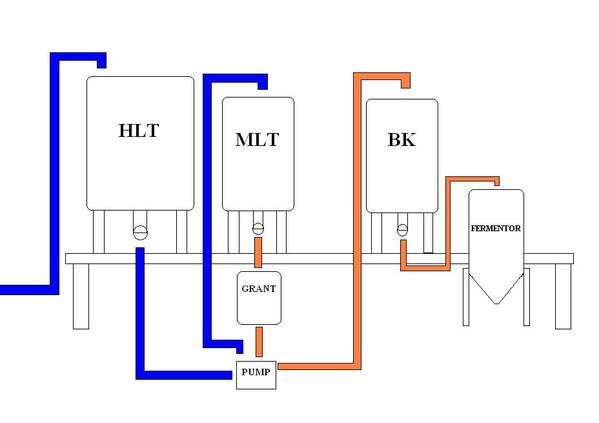MikeRLynch
Well-Known Member
Some stainless steel sinks that we'll be installing soon. They're 16 ft long (!)


Taking the casters off the tanks to mount them to the workbench




Taking the casters off the tanks to mount them to the workbench








![Craft A Brew - Safale S-04 Dry Yeast - Fermentis - English Ale Dry Yeast - For English and American Ales and Hard Apple Ciders - Ingredients for Home Brewing - Beer Making Supplies - [1 Pack]](https://m.media-amazon.com/images/I/41fVGNh6JfL._SL500_.jpg)































































